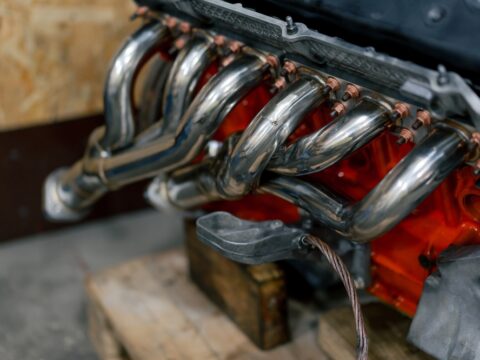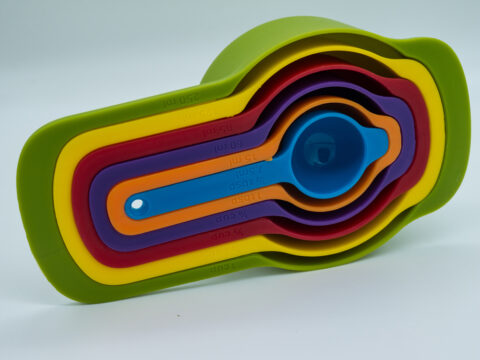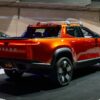The world of hypercars is filled with bold ideas, cutting-edge technology, and incredible performance. However, not every ambitious project makes it to the finish line. Over the years, many promising hypercar ventures have fallen short due to financial issues, technical challenges, or simply bad timing. Here are 17 hypercar projects that, despite their potential, crashed and burned before they could truly take off.
Contents
Vector W8
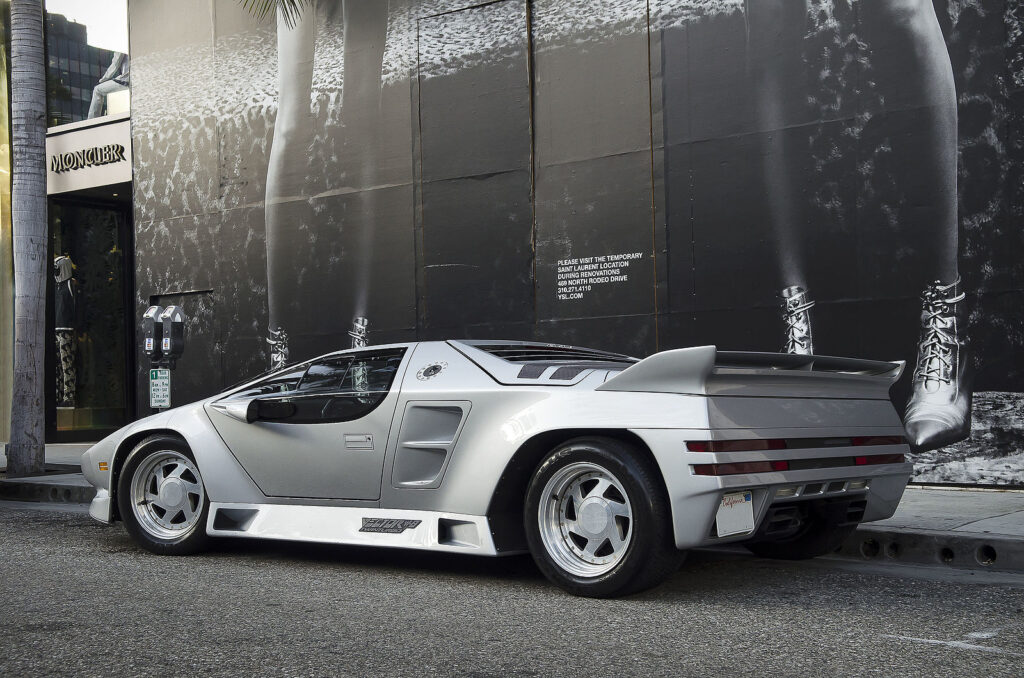
The Vector W8, designed by Vector Aeromotive in the late 1980s, aimed to revolutionize the hypercar world with its advanced materials and aerospace engineering. Its 625-horsepower engine and cutting-edge design were impressive on paper. However, production delays and persistent reliability issues plagued the project. Only 17 cars were completed, and despite the hype, the $450,000 price tag in 1990 proved too much for most buyers.
Cizeta-Moroder V16T
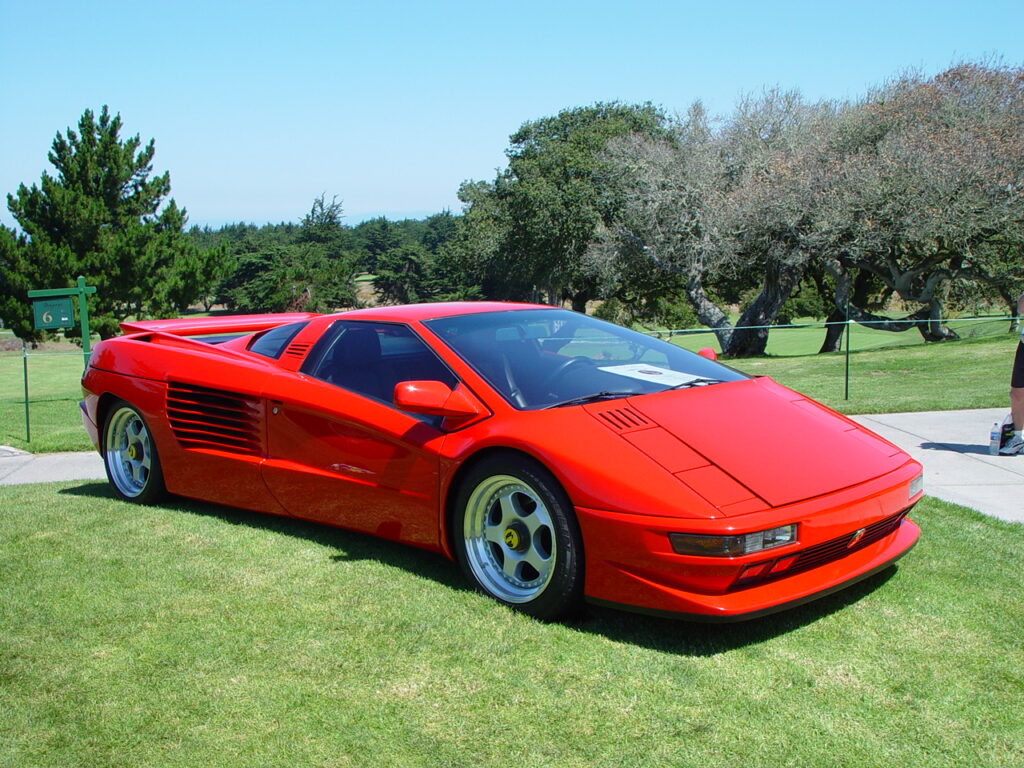
The Cizeta-Moroder V16T was an ambitious collaboration between famed music composer Giorgio Moroder and ex-Lamborghini engineer Claudio Zampolli. Boasting a monstrous V16 engine, it promised unprecedented performance. Sadly, the car’s complexity, along with its exorbitant price tag, limited production to only a few units. Despite initial excitement, financial troubles and a shrinking market led to the company’s downfall. By the mid-1990s, the Cizeta brand had vanished, taking the V16T with it.
Jaguar XJ220
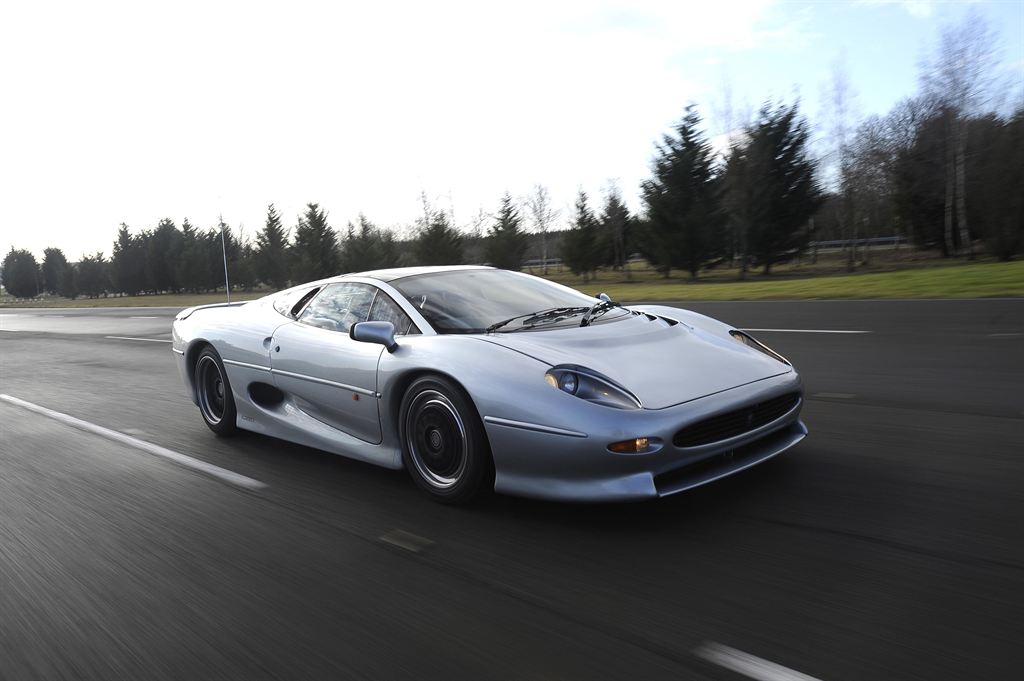
Jaguar’s XJ220 was supposed to be a world-beater, with a projected top speed of over 220 mph and a V12 engine. However, the final car was equipped with a V6 turbo instead, disappointing many customers who had already placed deposits. Furthermore, the economic recession of the early 1990s severely dampened demand for such an expensive vehicle. Only 281 units were produced, far fewer than originally planned. The XJ220’s failure to meet expectations and poor timing led to its commercial failure.
Gumpert Apollo
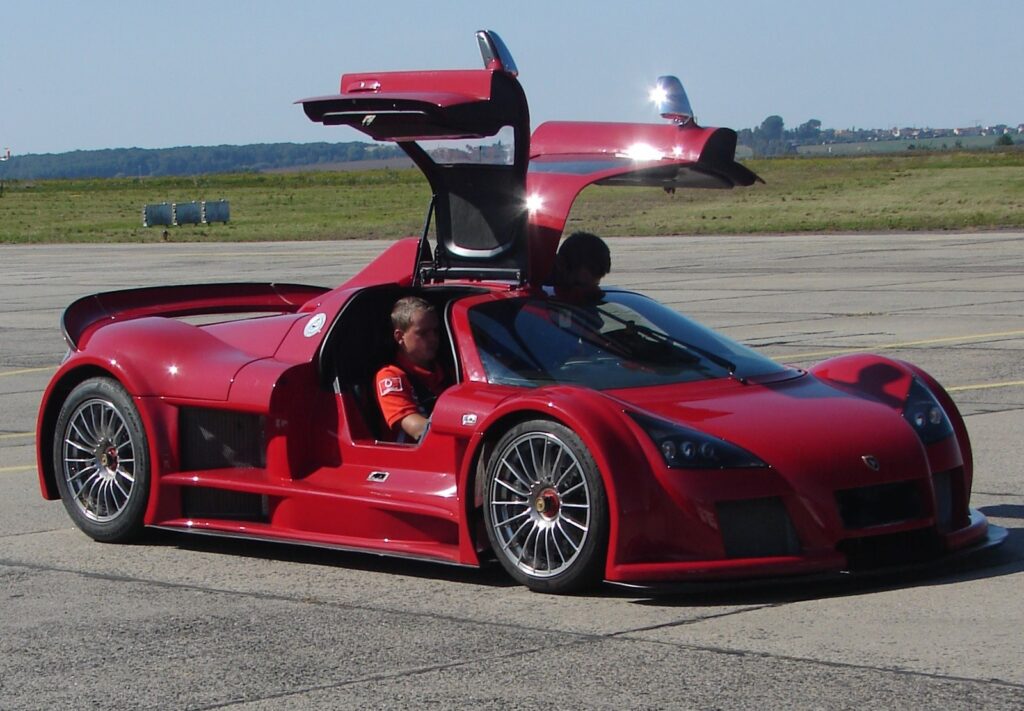
The Gumpert Apollo, designed by ex-Audi Sport director Roland Gumpert, was created with racing in mind, offering extreme performance for the road. Despite its undeniable speed and handling prowess, the Apollo suffered from poor aesthetics and limited brand recognition. High production costs and lack of mainstream marketing further hindered its success. By 2013, the company declared insolvency. Gumpert’s vision for a road-legal race car ultimately failed to capture the broader supercar market.
Lotec C1000
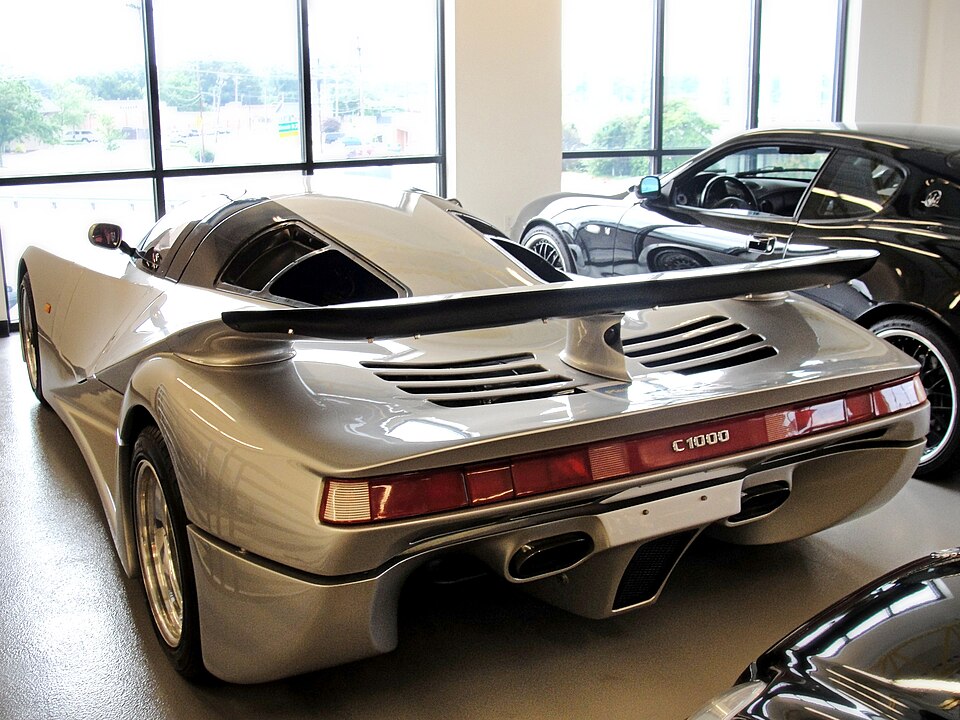
The Lotec C1000, with its 1,000-horsepower twin-turbo V8 and lightweight carbon-fiber body, seemed like a hypercar ahead of its time. Yet, its exorbitant price tag—over $3.4 million—meant that it appealed to only a very niche market. Lotec managed to produce just one prototype. Without a broader customer base or serious financial backing, the C1000 never went into production. Despite its impressive specs, the project was simply too costly to sustain.
SSC Tuatara (2011)
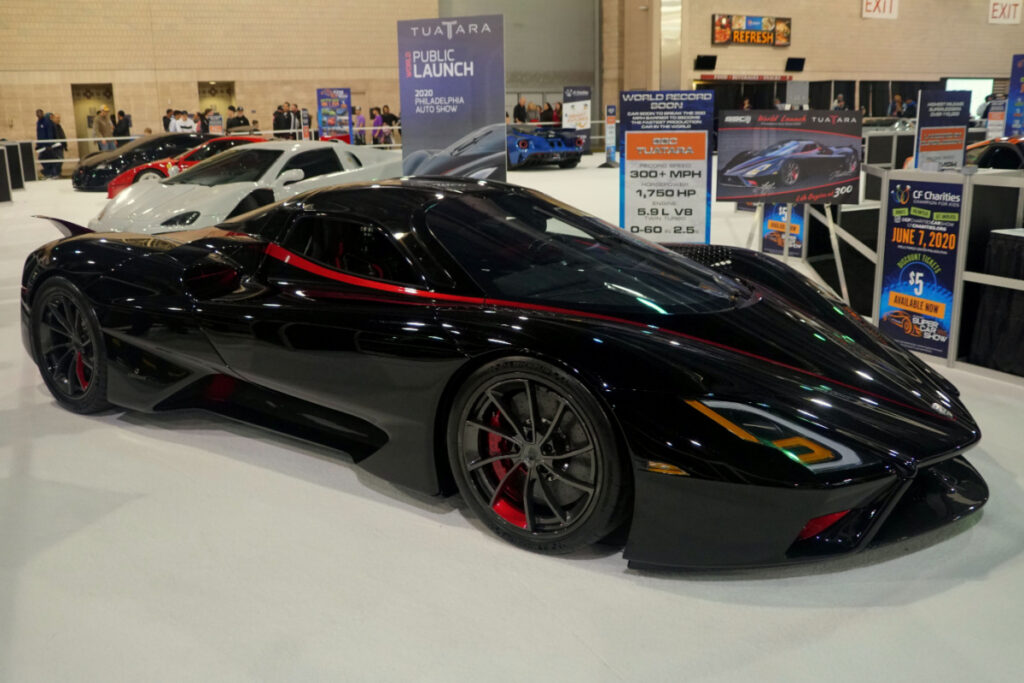
The original SSC Tuatara was announced with grand ambitions to dethrone the Bugatti Veyron as the world’s fastest production car. However, years of production delays and financial struggles meant that the Tuatara never materialized as planned. SSC failed to capitalize on the hype, and by the time the car was reintroduced years later, the market had moved on. What was once a promising project became mired in missed opportunities and lost momentum.
Lamborghini Asterion
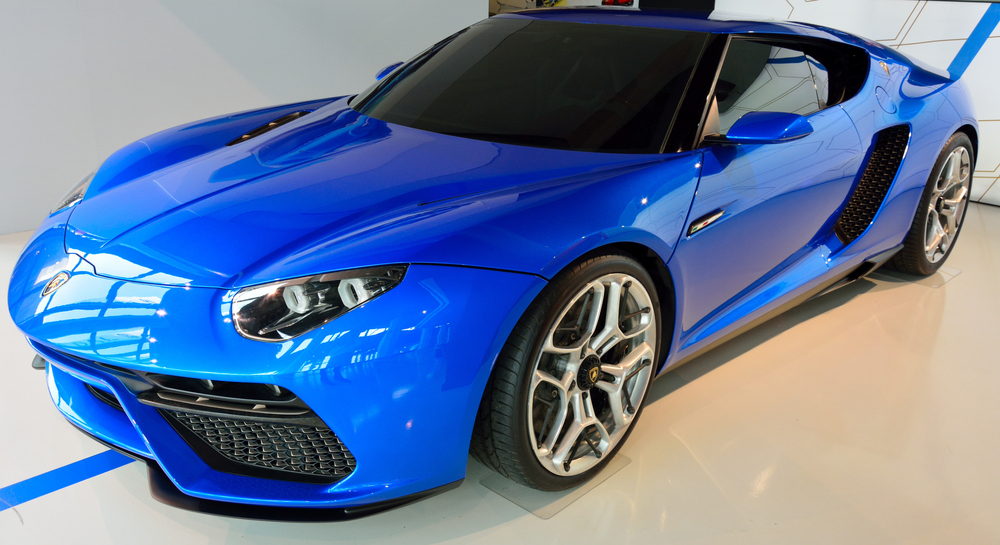
Unveiled at the 2014 Paris Motor Show, the Lamborghini Asterion was intended to showcase Lamborghini’s entry into hybrid hypercars, combining a V10 engine with electric motors. Despite the buzz it generated, Lamborghini ultimately decided not to pursue production, citing market readiness concerns. The company instead shifted focus back to its traditional internal combustion offerings. As a result, the Asterion remained a one-off concept, never fully realizing its potential.
Dome Zero
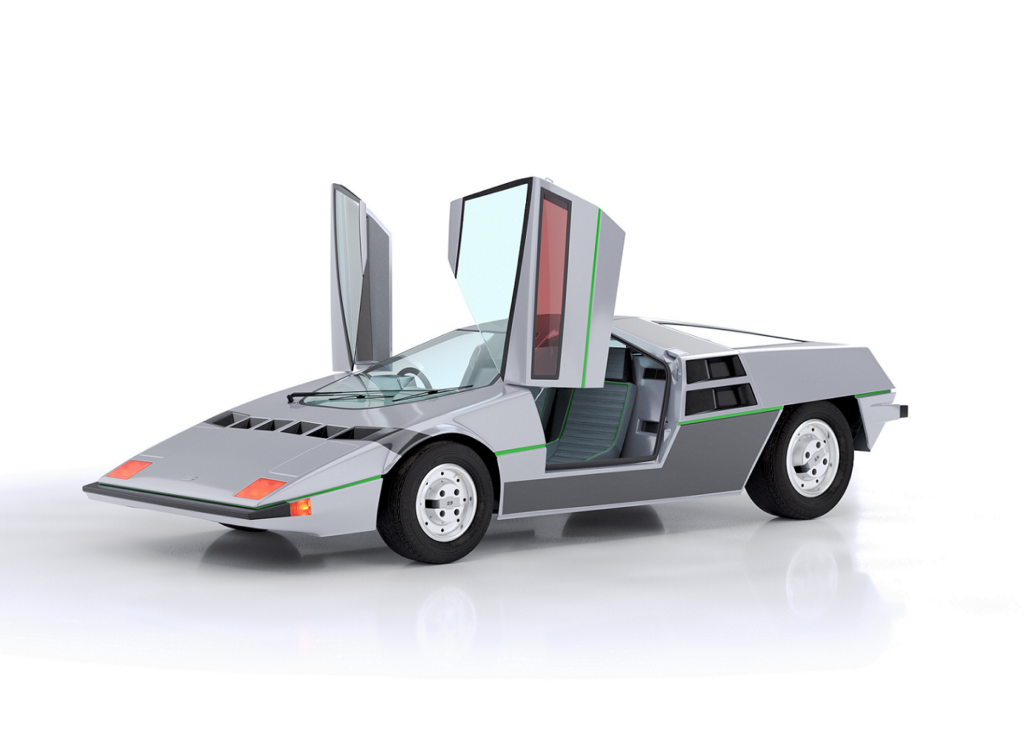
The Dome Zero, developed by Japanese company Dome in the 1970s, was meant to be Japan’s answer to the European supercars. With its radical wedge-shaped design and lightweight build, it was visually striking. However, the car faced insurmountable challenges with Japanese road regulations, and Dome could not secure the funding necessary to bring it to production. The Dome Zero was confined to the realm of prototypes, leaving the hypercar dream unfulfilled.
Caparo T1

The Caparo T1 was designed to be the ultimate track-day car for the road, offering an experience akin to driving a Formula 1 car. While the T1’s performance was undeniably extreme, it became notorious for its reliability problems, with several reports of the car catching fire during testing. Caparo’s inability to resolve these issues and provide proper aftersales support marred its reputation. Ultimately, the T1 became more infamous for its dangers than for its performance, and production ceased.
Devel Sixteen
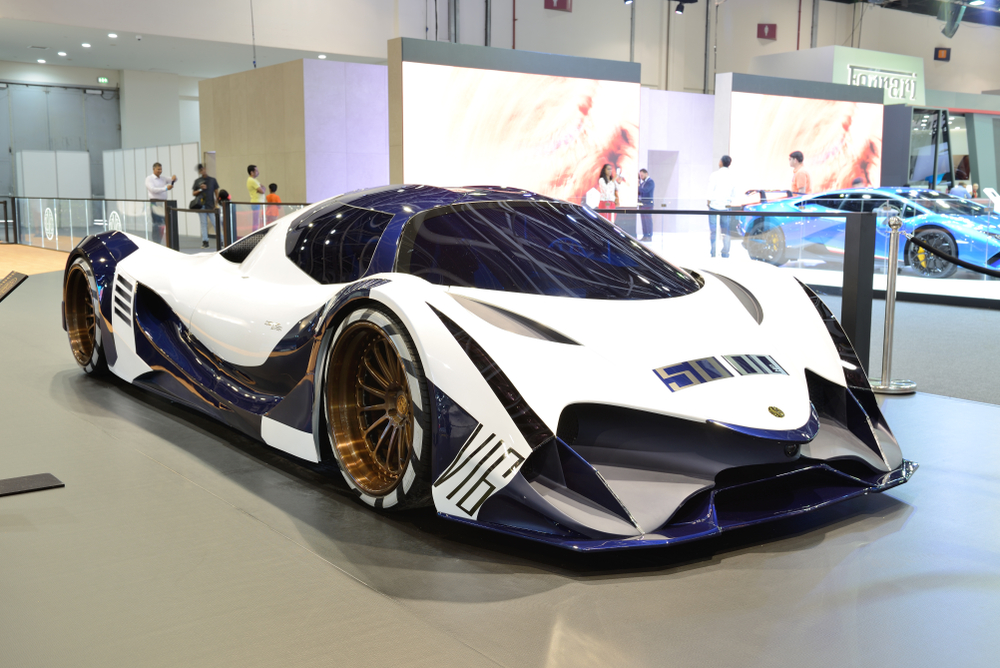
The Devel Sixteen was unveiled with unbelievable claims, including a 5,000-horsepower engine and a top speed of over 300 mph. However, skepticism quickly surrounded the project, as many doubted whether such a car could even be feasible. Years later, there has still been no sign of a production model, and the car remains in perpetual development.
McLaren F1 LM
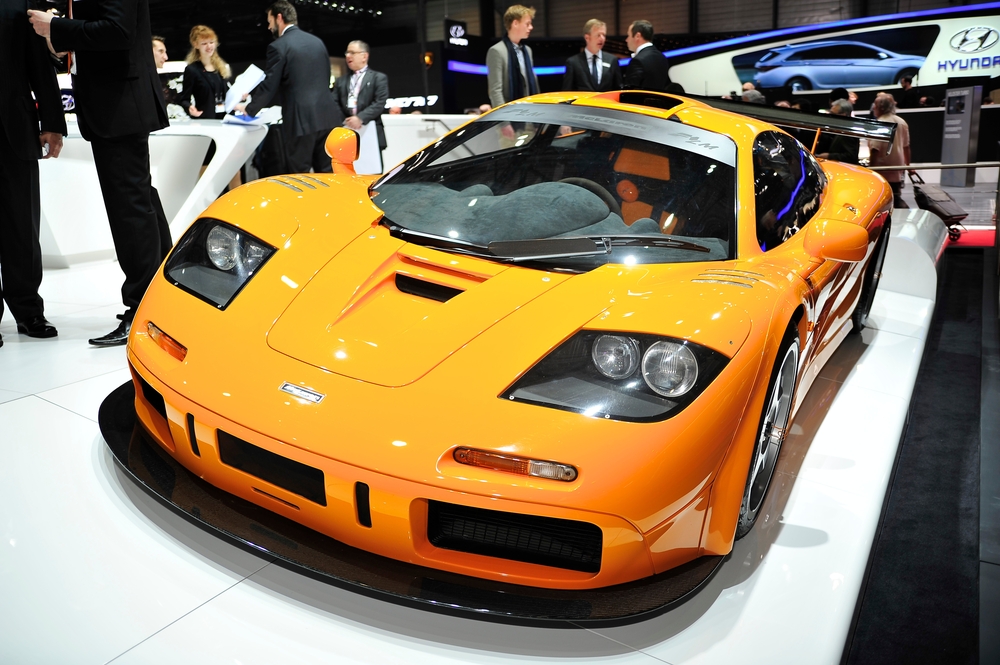
The McLaren F1 LM was a limited-edition version of the legendary McLaren F1, designed to commemorate the brand’s Le Mans victory. With only five units produced, it was never intended for mass production, but even as a collector’s item, it struggled to gain traction in the hypercar market. The car’s extreme cost and exclusivity made it impractical for all but the wealthiest buyers. McLaren soon realized that such niche projects weren’t sustainable and shifted its focus elsewhere.
Ferrari F50 GT
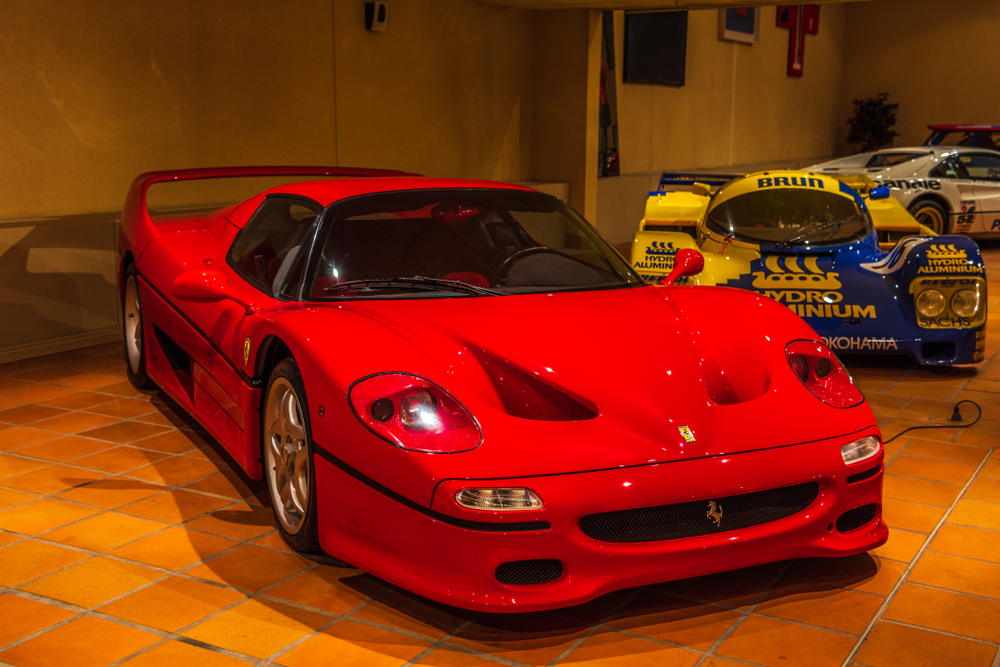
The Ferrari F50 GT was developed as a race version of the F50, aiming to compete in the GT1 racing class. However, due to changes in racing regulations and Ferrari’s decision to focus its resources on Formula 1, the project was abruptly canceled. Only three F50 GTs were built, and they never saw competition. Despite its potential as a track monster, the F50 GT’s racing ambitions were left unfulfilled, making it one of Ferrari’s most mysterious endeavors.
Mazda Furai
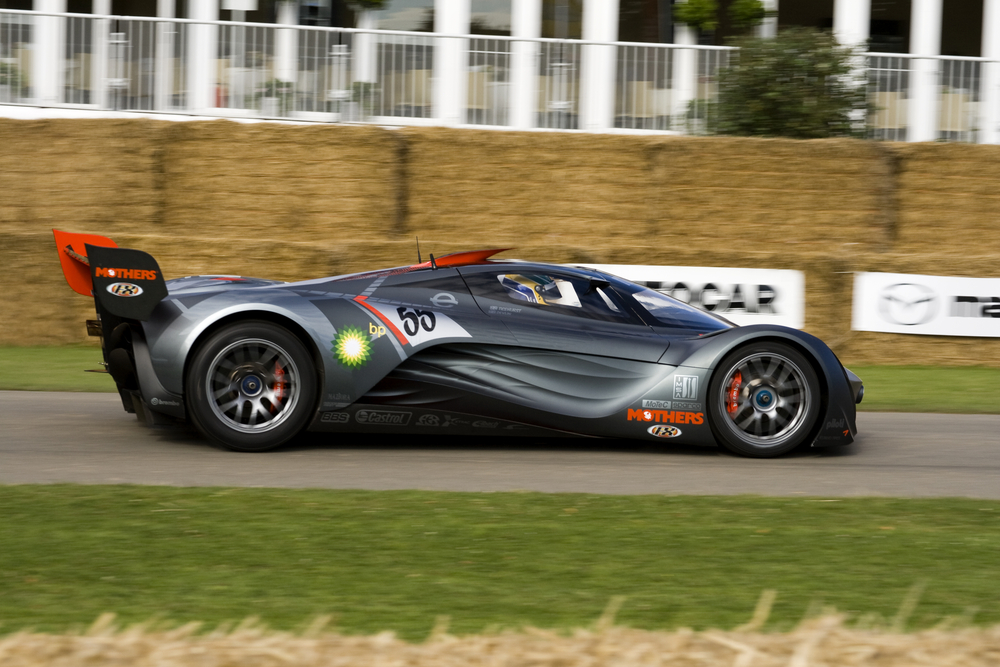
Mazda’s Furai concept car was an eye-catching blend of futuristic design and race car performance, designed to showcase the potential of rotary engines in high-performance cars. Tragically, the only Furai prototype was destroyed in a fire during a test drive for Top Gear in 2008. The fire dashed any hopes of continuing the project, and Mazda’s ambitious hypercar was reduced to ashes—literally and figuratively.
Spyker C8 Preliator
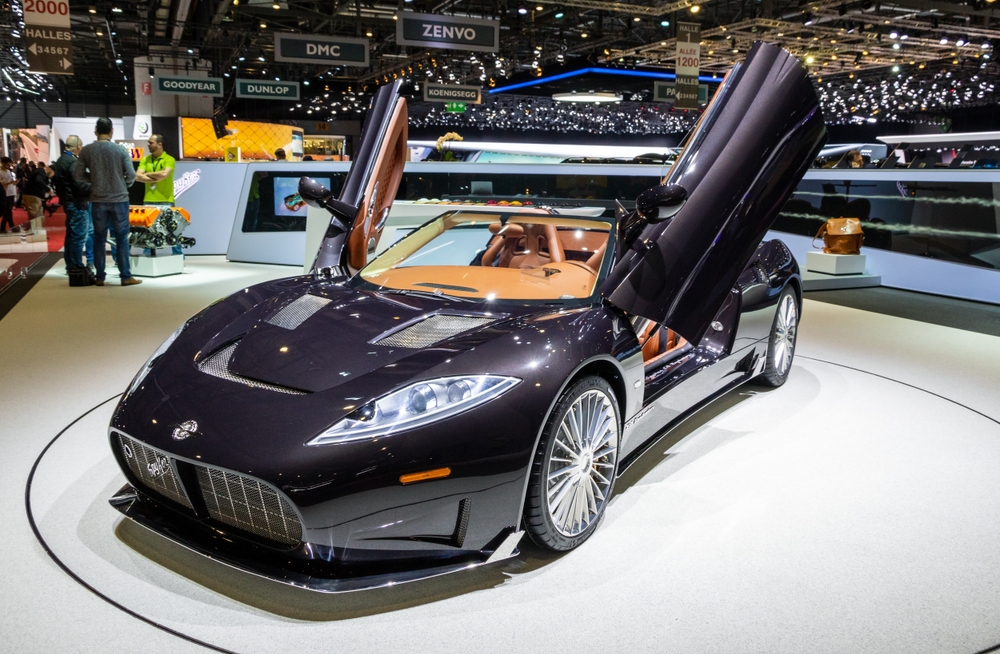
Spyker’s C8 Preliator was supposed to be the car that revived the troubled brand, offering high performance wrapped in a luxurious, hand-crafted package. Despite its stylish design and positive early reception, Spyker faced financial issues that made it difficult to bring the car to market. Constant delays, coupled with the company’s eventual bankruptcy, meant that very few units were ever built. Spyker’s failure to secure proper financial backing led to the project’s collapse.
Lamborghini Veneno
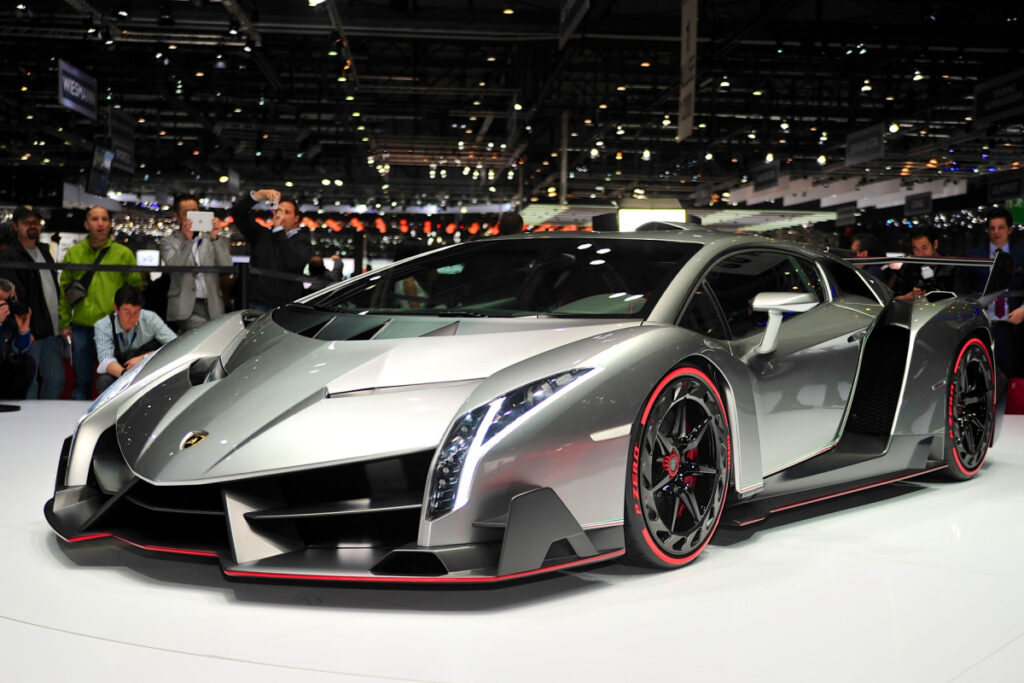
While the Lamborghini Veneno technically made it to production, with only four units ever produced, it was more of a commemorative piece for Lamborghini’s 50th anniversary than a serious hypercar contender. The car’s aggressive, outlandish design polarized opinion, and its staggering $4 million price tag made it accessible to only a handful of ultra-wealthy collectors.
Lotus Evija
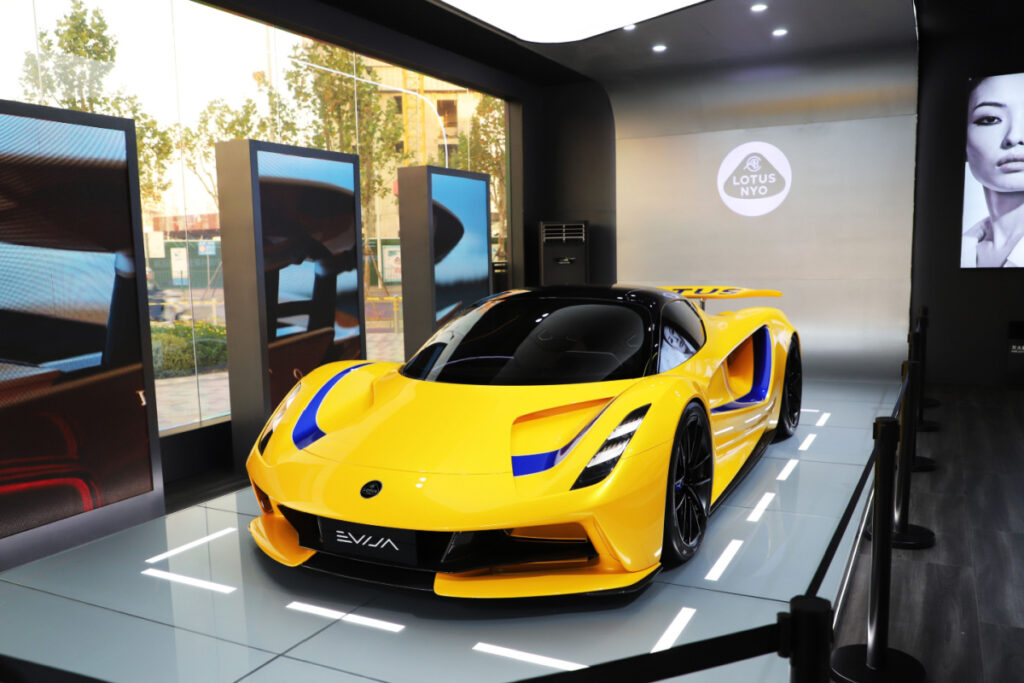
The Lotus Evija was Lotus’s bold entry into the hypercar market, an all-electric hypercar with nearly 2,000 horsepower. However, multiple production delays have dampened enthusiasm, and doubts have surfaced regarding its ability to deliver on such lofty performance promises. Additionally, with a $2 million price tag, Lotus—a brand traditionally associated with lightweight sports cars—struggled to convince buyers to invest. As rivals released their electric hypercars, the Evija risked being left behind.
Apollo Intensa Emozione
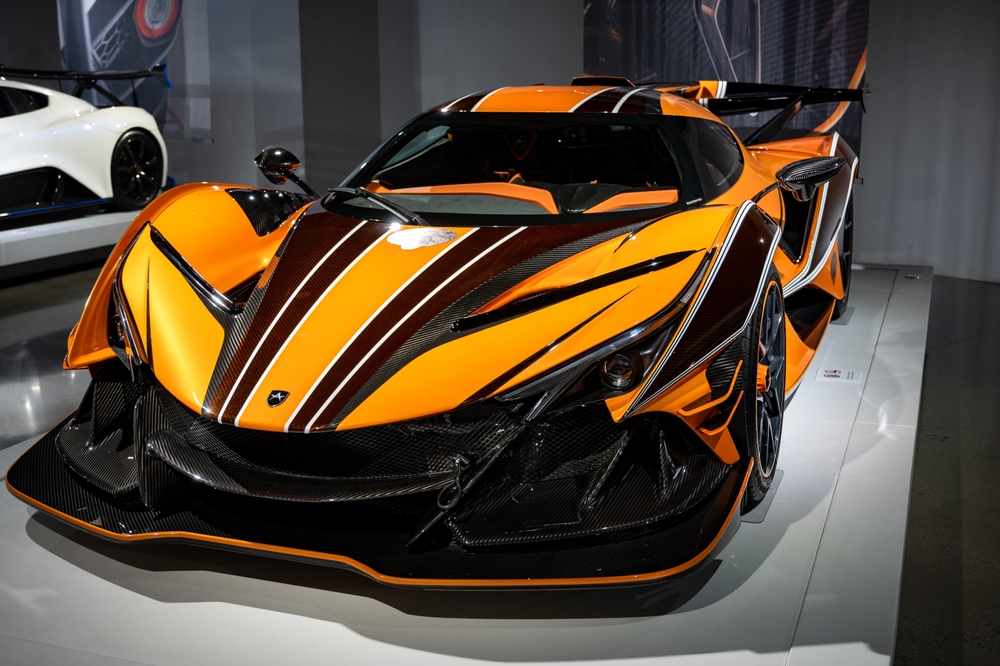
The Apollo Intensa Emozione, or IE, was a hypercar designed to be the spiritual successor to the Gumpert Apollo, featuring a striking design and extreme performance. However, its $2.7 million price tag and impracticality for everyday driving severely limited its market appeal. Production has been slow, with only a few cars delivered to date. The IE’s extreme nature and high costs have made it difficult for the company to attract more buyers, leaving its future uncertain.
This article originally appeared in MyCarMakesNoise.
More from MyCarMakesNoise
17 Naval Ship Designs That Sailors Found Unreliable
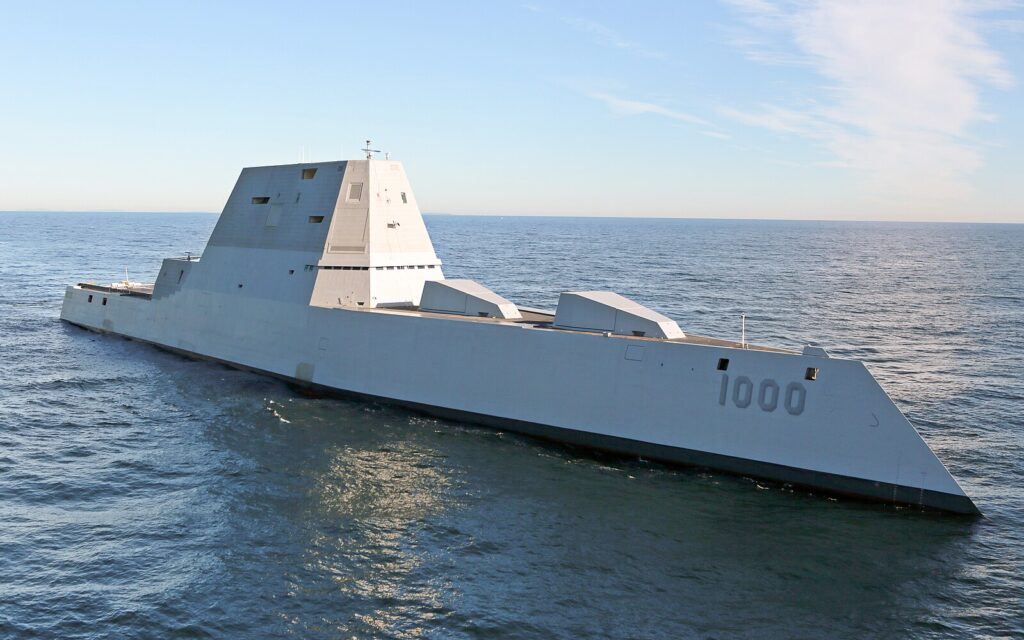
Naval ships are designed to be powerful and reliable, but not all of them live up to expectations. Throughout history, some ship designs have proven to be more of a burden than an asset, with flaws that made them difficult to operate or prone to failure. Read More.
10 Experimental Military Aircraft That Never Got Off the Ground
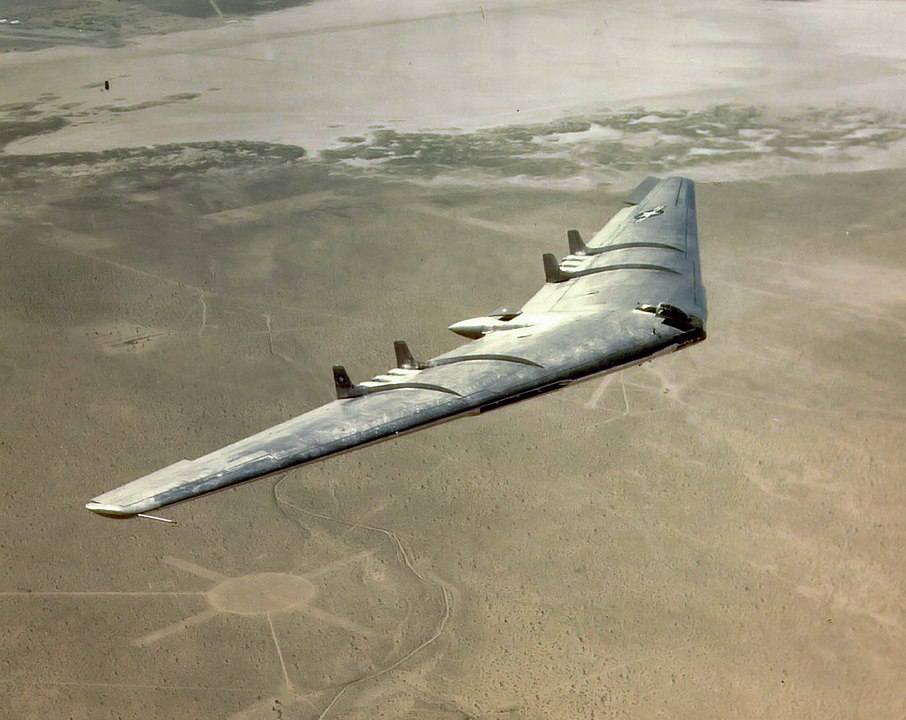
Experimental military aircraft often push the boundaries of technology and innovation. However, not all of these ambitious projects succeed. This article explores 10 experimental military aircraft that, despite their potential, didn’t quite make it to active service. Read More.
The 20 Most Stylish Sports Cars Europe Has Ever Produced

When it comes to sports cars, Europe has a long history of producing some of the most stylish and iconic models the world has ever seen. From sleek curves to bold designs, these cars are more than just vehicles—they’re masterpieces on wheels. Read More.

